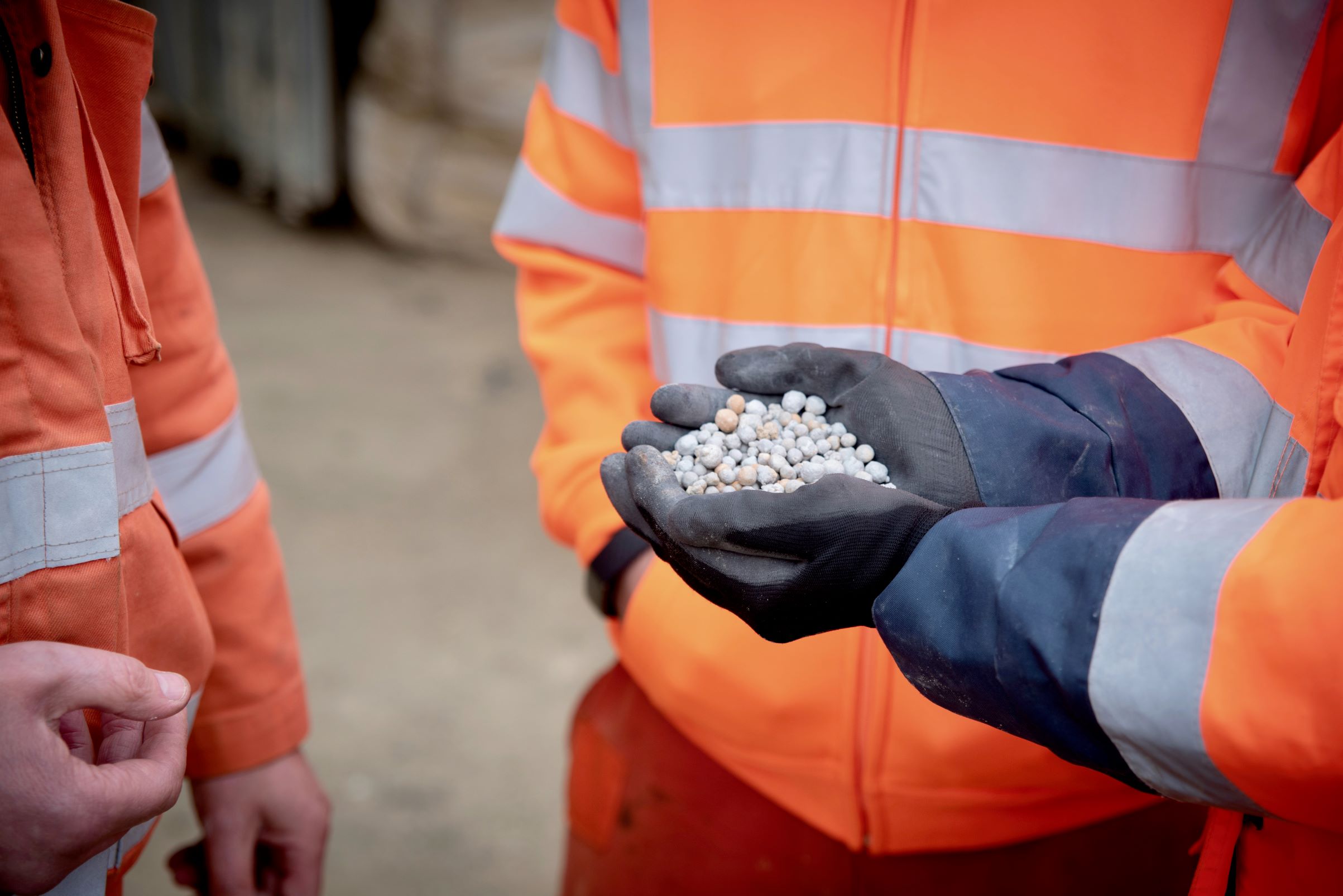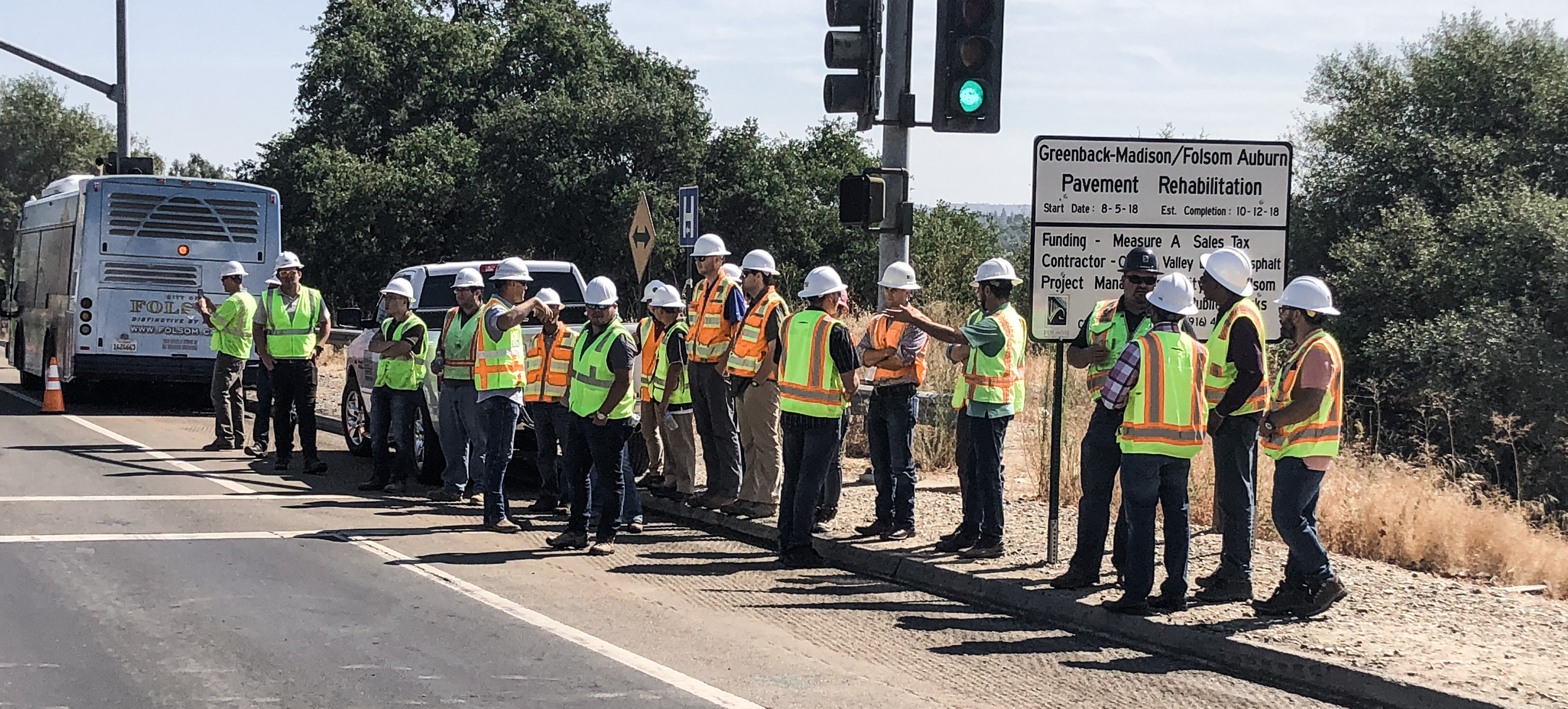CCUS Mineralisation France - Avoidance
Carbonated Materials
Industrial Processes
プロジェクト概要
Carbon8 provide a modular CCUS solution for heavy industry that captures carbon emissions and reduces waste to landfills by creating circular construction materials. Carbon8 has sold its first commercial-scale system that captures CO₂ at the source. The captured gas is mineralised into thermal residues produced at the same plant, converting them into construction aggregates that can be used to displace virgin feedstocks.
Carbon8’s Accelerated Carbonation Technology (ACT) accelerates nature’s process of permanently storing CO₂ and shortens the natural carbonation process from thousands of years to minutes, storing CO₂ in a stable mineral form for 1,000+ years.
For this first-of-a-kind deployment, located at a French cement plant, Carbon8 is treating a byproduct from the cement production process called Cement Bypass Dust (CBD) and utilising it as a permanent carbon sink by reacting it with CO₂ produced on-site.
Carbon8 has developed technology they call the "CO₂ntainer." It records 318 separate data points every minute, forging a chain of data that enables full traceability of each tonne of carbon stored.
Carbon8, in partnership with DNV, has successfully validated an in-house developed ISO 14064-2 methodology, which has then been used to verify the permanent emission reductions and removals from this project activity.




